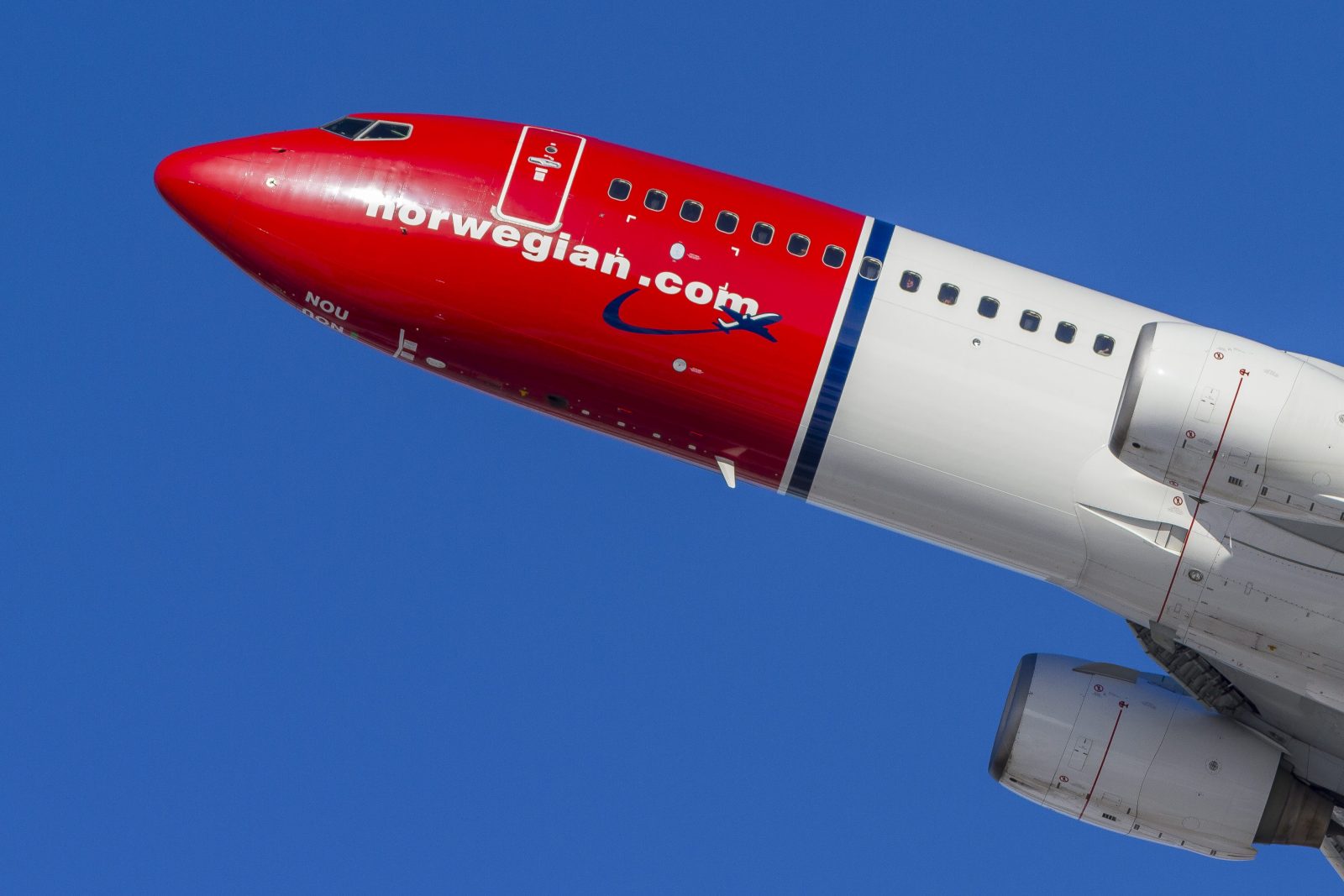
As the adage goes, the only thing certain in the aviation industry is uncertainty. The low-cost long-haul airline Norwegian knows that only too well. After a torrid year in 2018 that saw the airline have to overcome problem after problem, it was hoping that an ambitious cost-cutting programme and a stable year ahead would help it return to profitability in 2019.
Norwegian reported a loss of over USD $170 million for 2018 – that was caused in part because of the airline’s rapid expansion but also because the carrier had to deal with the fallout of problems with some of the Rolls-Royce engines on its fleet of Boeing 787 Dreamliners. When the planes were taken out of service, Norwegian had to turn to wetlease operators to fill the gap.
Not only were the wetlease operations unpopular with passengers but they were also expensive. After getting its fleet of Dreamliners fixed and reaching a settlement with Rolls-Royce, Norwegian was no doubt hoping that the wetlease agreements were a thing of the past.
Then came the global grounding of Boeing-made 737 MAXs. The aircraft type may only make up a small portion of Norwegian’s fleet (the airline currently has 19 of the latest 737 MAX 8’s and 110 previous-generation 737-800’s) but it’s still enough to cause plenty of disruptions to Norwegian’s operations.
The airline had been using the MAX aircraft on its new Transatlantic services between Shannon and Dublin to New York Stewart and Providence, as well as between Cork and Providence. A new route between Dublin and Toronto Hamilton was also meant to be operated by a MAX 8 aircraft.
These kind of secondary city routes work because the new fuel-efficient engines of the 737 MAX 8 can offer a long-range but without the operating costs of a larger wide-body aircraft.
Norwegian has today updated the Oslo Stock Exchange, telling investors that it will have to start wet leasing aircraft again to make up for the shortfall in capacity caused by the grounding of its MAX 8’s. The carrier has also been using a 787 Dreamliner between Dublin and New York Stewart, merging its two Shannon flights onto the same flight and transporting passengers the final miles by bus.
Clearly, neither of these solutions are going to come cheap, although Norwegian tells investors that the “schedule changes have been concentrated to high-frequency routes, minimizing both the economic impact and the disruption for passengers.”
Earlier this year, Norwegian revealed plans to sell 13 aircraft, including 11 Boeing 737-800’s, for $117 million as part of attempts to shore up its finances. Unfortunately, the airline has now had to postpone the sale of 6 of the 737’s due to the MAX 8 grounding. Norwegian will likely to push through with the sale as soon as it has got regulatory approval to start operating its MAX 8’s again.
Norwegian’s chief executive, Bjørn Kjos has already said he will be looking to get compensation from Boeing for the debacle, although in a more conciliatory message, the airline told investors that it remained in “good dialogue with Boeing and is confident to reach a constructive agreement.”
In a separate development, Ethiopian Airlines, whose MAX 8 crashed shortly after take-off on 10th March killing all 157 passengers and crew on board, said it “believed in Boeing” and is “proud” of its association with the aerospace giant. Ethiopian’s statement followed press reports that Garuda Indonesia was considering cancelling its multi-billion dollar order for MAX 8’s because passengers had lost confidence in the aircraft.
Mateusz Maszczynski honed his skills as an international flight attendant at the most prominent airline in the Middle East and has been flying ever since... most recently for a well known European airline. Matt is passionate about the aviation industry and has become an expert in passenger experience and human-centric stories. Always keeping an ear close to the ground, Matt's industry insights, analysis and news coverage is frequently relied upon by some of the biggest names in journalism.







